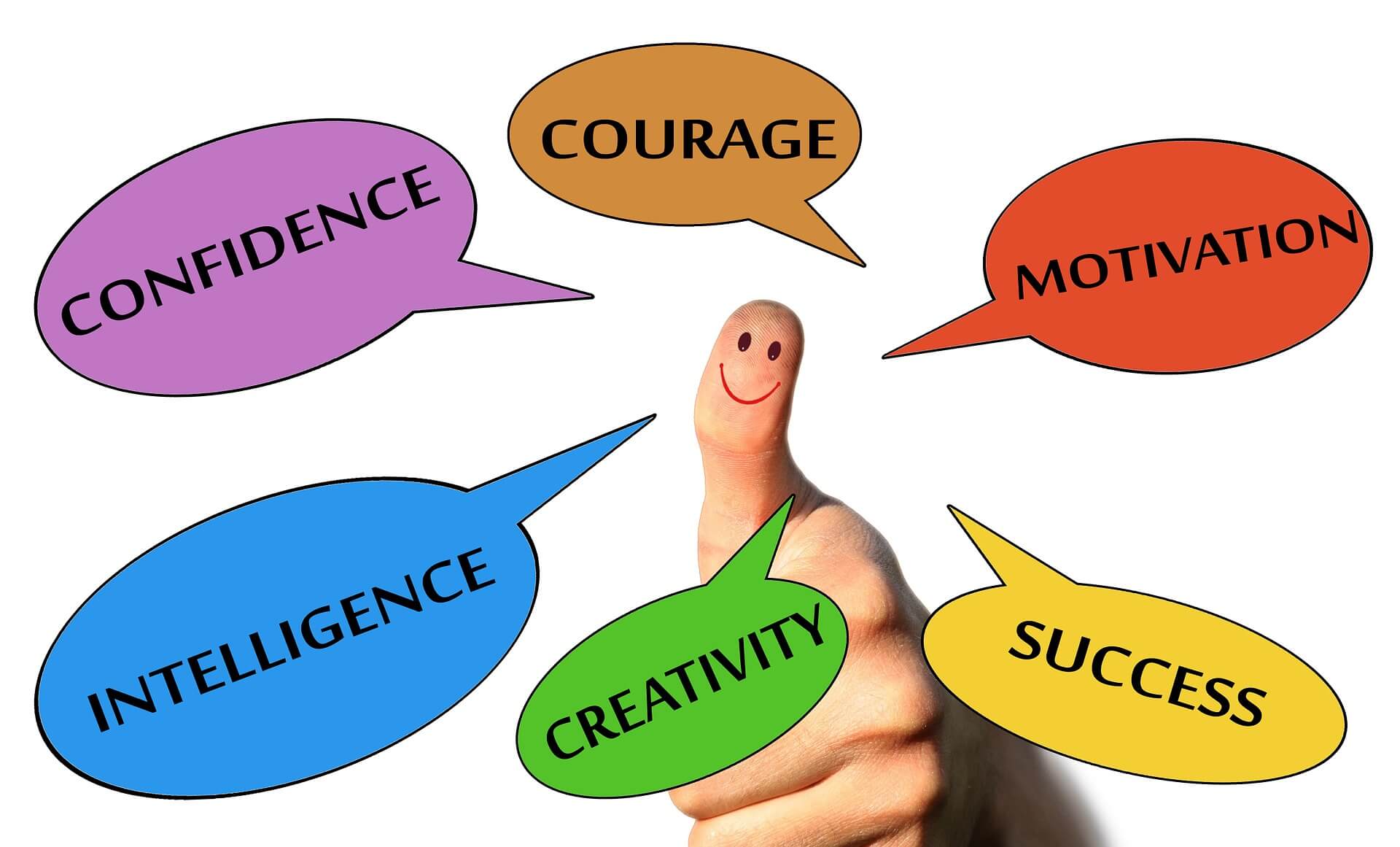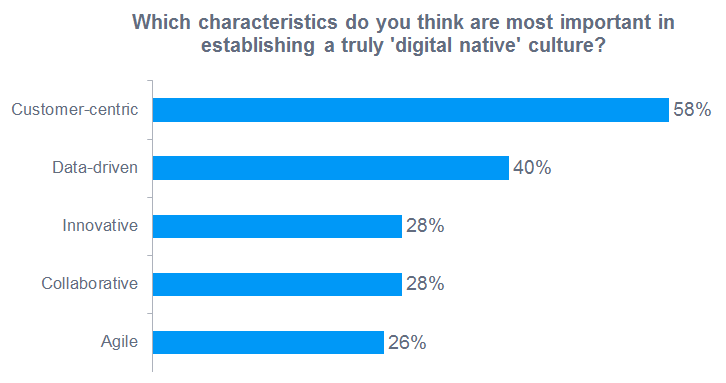Organisations are facing unprecedented challenges in remaining competitive and maintaining business success in 2025.
The three fundamental pillars of sustained success are deep customer insights, meaningful innovation, and inclusive leadership.
Let’s explore why this powerful trinity is more relevant than ever in 2025 and how you can leverage it to grow your business.
Prefer to listen to the podcast? Click below.
Why These Three Pillars Matter Now More Than Ever
The numbers tell a compelling story.
McKinsey’s latest research reveals that companies effectively combining these three elements outperform their peers by an astounding 85% in sales growth and more than 25% in gross margin. But what makes this combination so powerful?
Deep Customer Insights Power Business Success
Insight is the cornerstone of every successful strategy.
The key difference between successful and struggling companies? Top performers turn data into actionable intelligence that drives decision-making at all levels.
McKinsey reports that companies using customer insights for decision-making are 60% more likely to achieve above-market growth rates!
The true value of insights comes when they bridge the gap between raw data and real-world application, allowing businesses to anticipate consumer needs, optimize operations, and refine strategies.
Gone are the days when gut feelings drove business decisions. Modern market leaders demonstrate the transformative power of customer insights:
– One standout example is Spotify’s “Wrapped” campaign. In 2023, Spotify used not just user listening data but an understanding of the emotional drivers behind their customers’ listening habits—self-reflection and social sharing. By tapping into this human desire, Spotify’s campaign led to over 30 billion streams, showcasing the power of customer insights in driving engagement and brand loyalty.
– Nike’s adaptive clothing line, developed through extensive consultation with disabled athletes, opened entirely new market segments
– P&G’s open innovation platform has revolutionized their product development process by incorporating external perspectives
But it’s not just consumer-facing data that drives success.
Internal business insights—such as employee feedback, operational inefficiencies, and market trends—are equally crucial.
Companies that develop a culture of continuous insight-gathering and sharing can make smarter, more informed decisions at all levels.
Does your Insight Development Process need an upgrade? Click below and check out our two-hour online masterclass for marketers and market researchers.
Innovation: The Competitive Edge Amplifier of Business Success
Recent PwC research shows that 61% of CEOs view innovation as their top priority for achieving long-term growth.
But here’s what’s fascinating: successful innovation in 2025 looks vastly different from what we’ve seen before.
Innovation is not just about creating groundbreaking products or services; it’s about creating solutions that drive long-term value.
BCG’s latest report revealed that top innovators share three core practices:
- Maintaining investment in innovation even during downturns
- Leveraging advanced technologies like AI to drive innovation
- Aligning innovation with sustainability goals alongside profitability
Microsoft offers a powerful example of how innovation can drive meaningful change. Instead of treating AI as a standalone technology, Microsoft integrated AI tools into their product suite to enhance real user productivity.
The result? A 40% increase in … Click to continue reading











